The United States boasts a diverse array of desirable places to live, with stunning natural landscapes and a thriving economy encompassing various industries. However, many major cities across the country are experiencing population decline due to factors such as rising living costs and shrinking industries. In this article, we explore the challenges faced by these ten American cities and the potential reasons behind their shrinking populations.
1. Washington, D.C.
Major Industries: Federal government and tourism
Annual Growth Rate: 1.04%*
While Washington, D.C., offers numerous job opportunities in business and politics, high property taxes and housing costs have driven many lifelong residents to nearby areas with more affordable housing options. The city has experienced gentrification, pushing out some long-term residents and creating concerns about safety in certain neighborhoods.
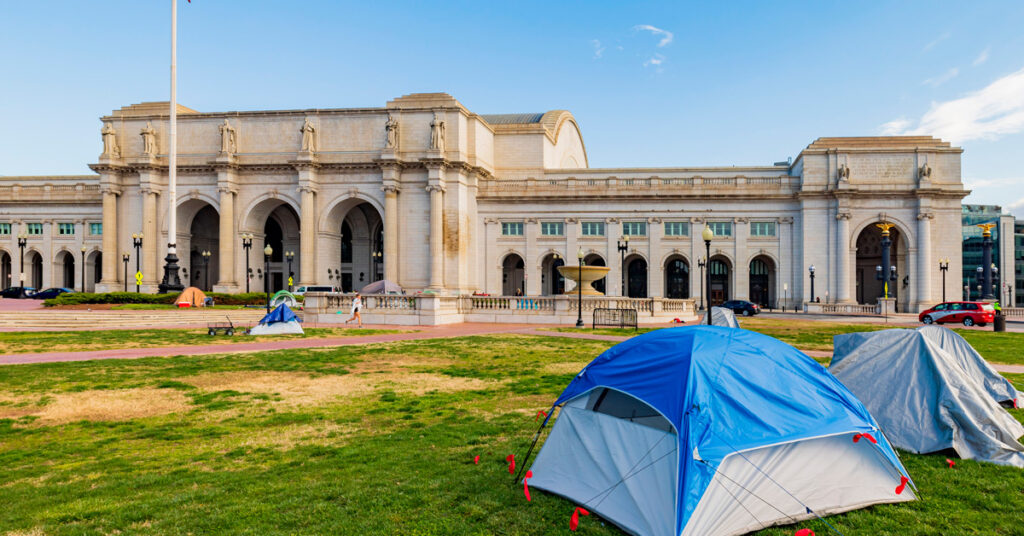
2. Seattle, WA
Major Industries: Tech and manufacturing
Annual Growth Rate: 0.81%*
Seattle’s high cost of living and lack of affordable housing have slowed its previous rapid growth. Despite being home to tech giants like Microsoft and Amazon, the city has struggled to retain young professionals, and the future looks uncertain with Amazon expanding its presence elsewhere. Homelessness remains a significant issue in Seattle.
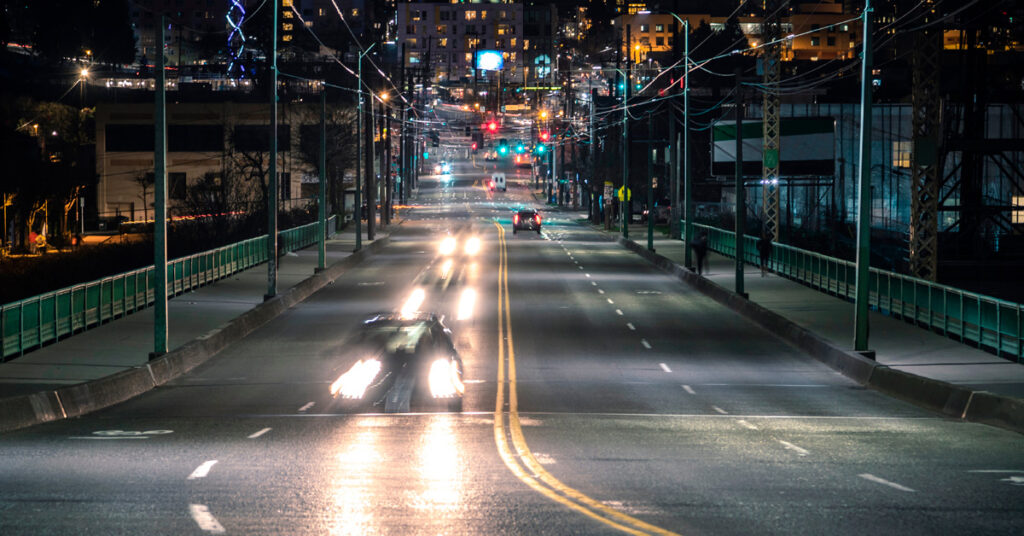
3. San Francisco, CA
Major Industries: High tech and tourism
Annual Growth Rate: 0.15%*
San Francisco, known for its tech industry and high cost of living, has seen a decrease in population due to the lack of affordable housing for middle-class residents. The city’s high cost of living and declining birth rates have further contributed to its slowing growth. Homelessness is a pervasive problem in San Francisco, particularly among those dealing with mental and physical health issues.
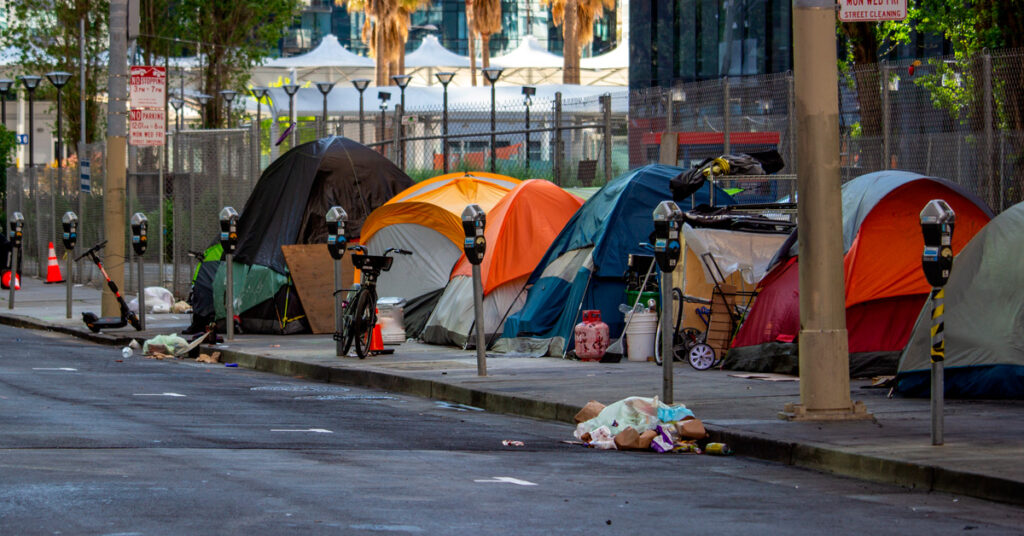
4. New York City, NY
Major Industries: Financial services and healthcare
Annual Growth Rate: 0.23%*
New York City, an iconic city known for its cultural diversity and financial prominence, has seen a decline in population in recent years. Rising crime rates, high taxes, and sky-high rents have led many New Yorkers to seek more affordable housing options outside the city. New York’s reputation for late-night crime can also deter potential residents.
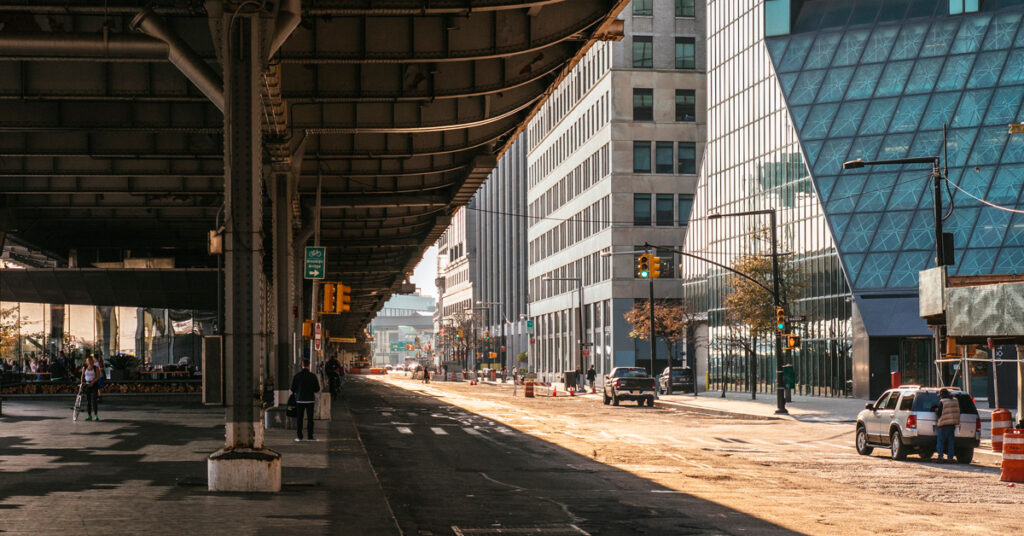
5. Chicago, IL
Major Industries: Manufacturing and food processing
Annual Growth Rate: 0.27%*
Chicago, despite its rich culture, iconic attractions, and major companies, has experienced a population decline primarily due to high taxes and a challenging job market. Harsh winters and above-average crime rates have also contributed to the exodus of residents to states with lower taxes and more job opportunities.
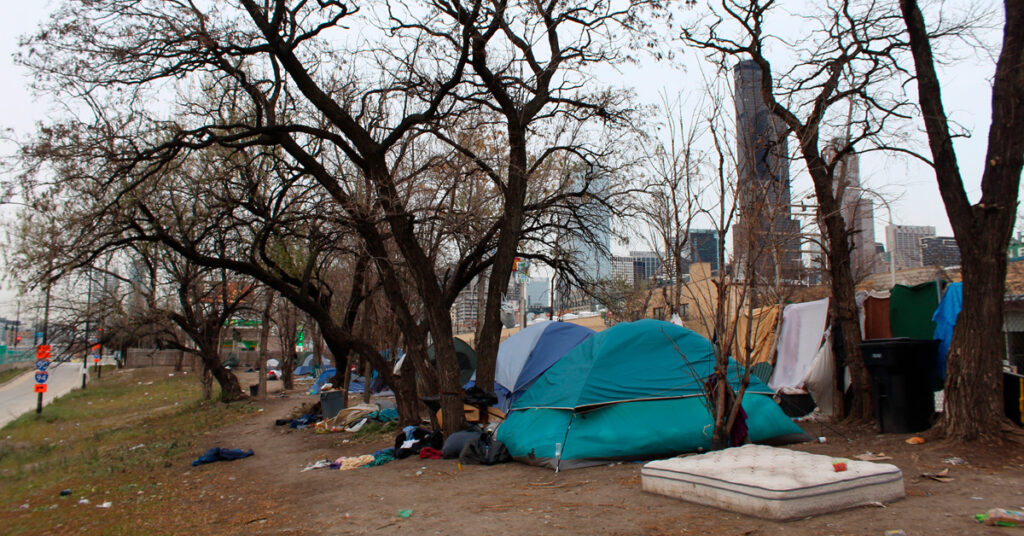
6. Los Angeles, CA
Major Industries: Manufacturing and tourism
Annual Growth Rate: 0.23%*
Los Angeles, renowned for its entertainment industry and pleasant climate, struggles with a lack of affordable housing and an increasingly high cost of living. Middle-class families are leaving the area in search of more affordable options in inland cities. Job opportunities outside the film industry are dwindling, making the city less accessible for newcomers.
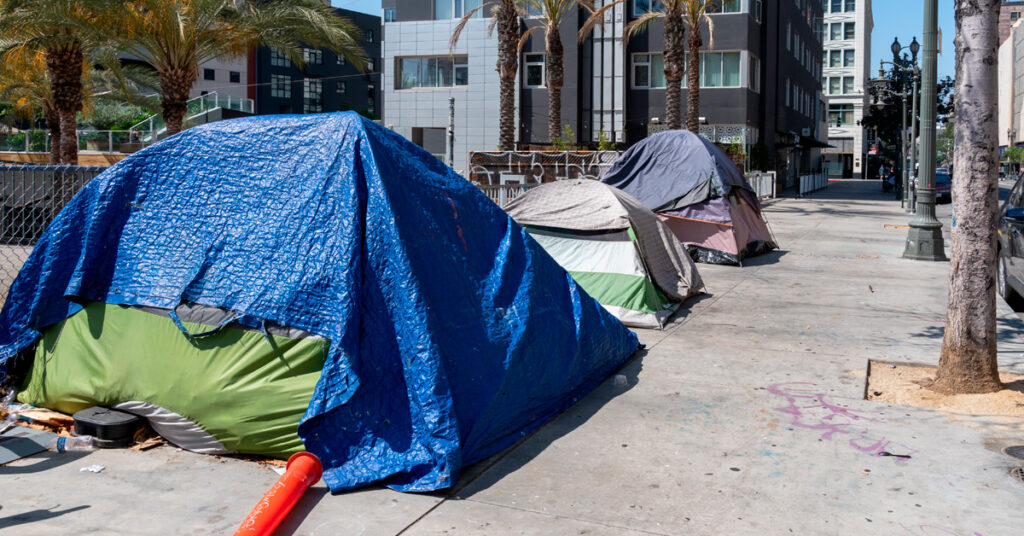
7. Houston, TX
Major Industries: Aerospace and energy
Annual Growth Rate: 1.73%*
Despite being home to major companies and a diverse economy, Houston has experienced slower growth compared to other cities in Texas. The aftermath of Hurricane Harvey and uncertainty in the oil and gas industry have affected population migration. Air pollution also poses challenges to the city’s livability.
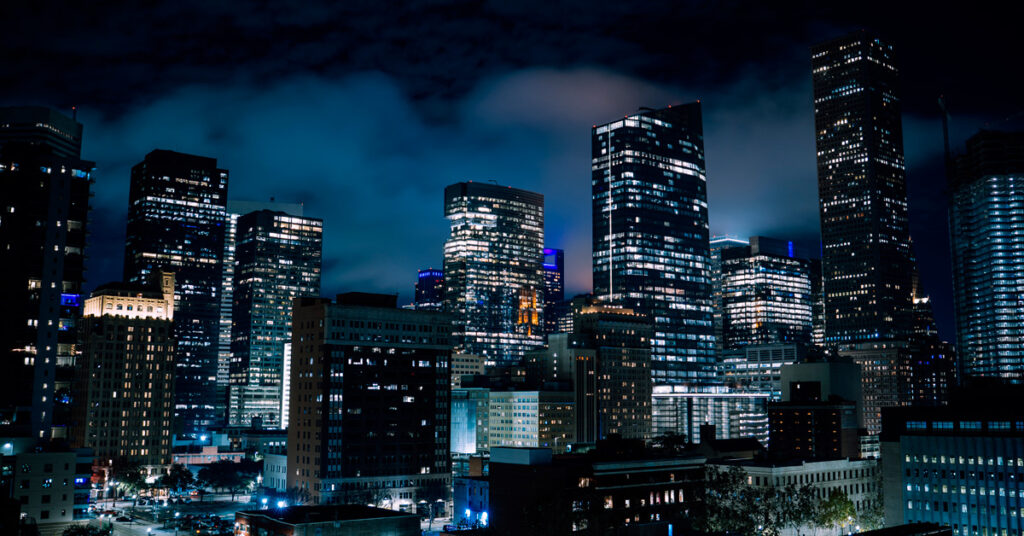
8. Milwaukee, WI
Major Industries: Electronics and food & beverage manufacturing
Annual Growth Rate: 0.35%*
Milwaukee has faced rising crime rates and infrastructure challenges, impacting its desirability for residents. While the city has improved in terms of safety, it still struggles with certain types of crimes. Limited job opportunities and harsh winters have led many millennials to seek employment and a better quality of life elsewhere.
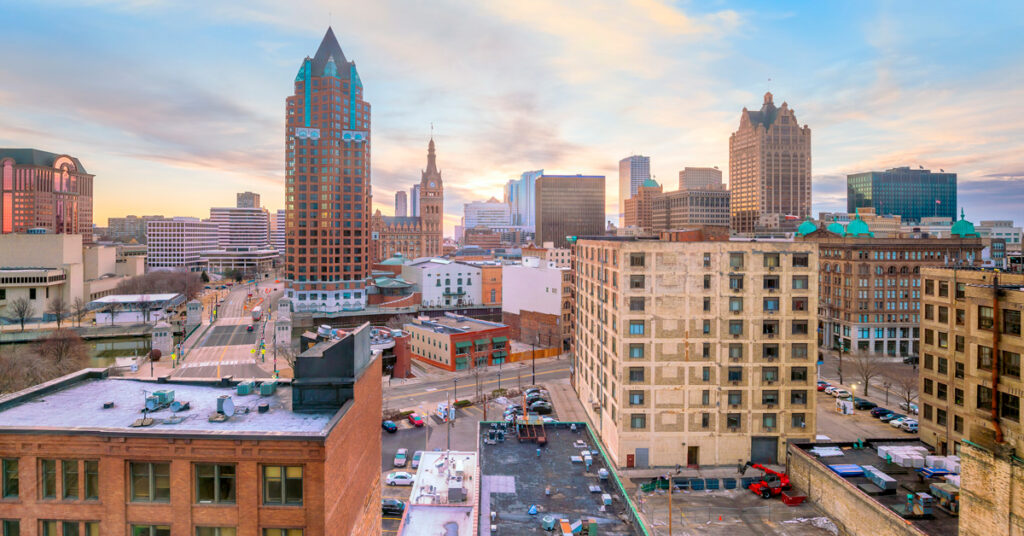
9. Atlantic City, NJ
Major Industries: Gambling and tourism
Annual Growth Rate: -0.28%*
Atlantic City, known as the “Las Vegas of the East Coast,” has faced significant challenges in recent years. The city’s economy heavily relies on the gambling and tourism industry, but it has struggled to recover from the great recession of 2008, Hurricane Sandy, and the closure of several casinos in 2014. The lack of diverse economic opportunities and the bankruptcy of major casinos have contributed to the city’s economic downfall and population decline.
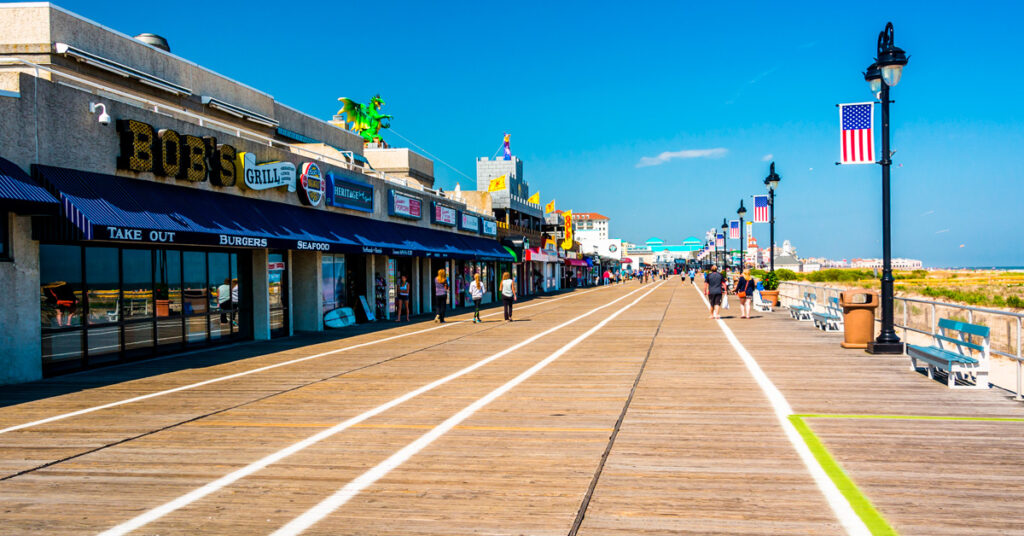
10. Pittsburgh, PA
Major Industries: Advanced manufacturing and information technology
Annual Growth Rate: -0.06%*
Pittsburgh, once known as the “Steel City,” has faced economic decline as the manufacturing industry has shrunk over the years. The city has made efforts to reinvent itself by focusing on advanced manufacturing and information technology. However, Pittsburgh’s population has been steadily declining, partly due to high poverty rates, a need for infrastructure improvements, and limited job opportunities outside of the tech sector. Despite being considered one of the safest cities in America, it continues to face challenges in attracting and retaining residents.
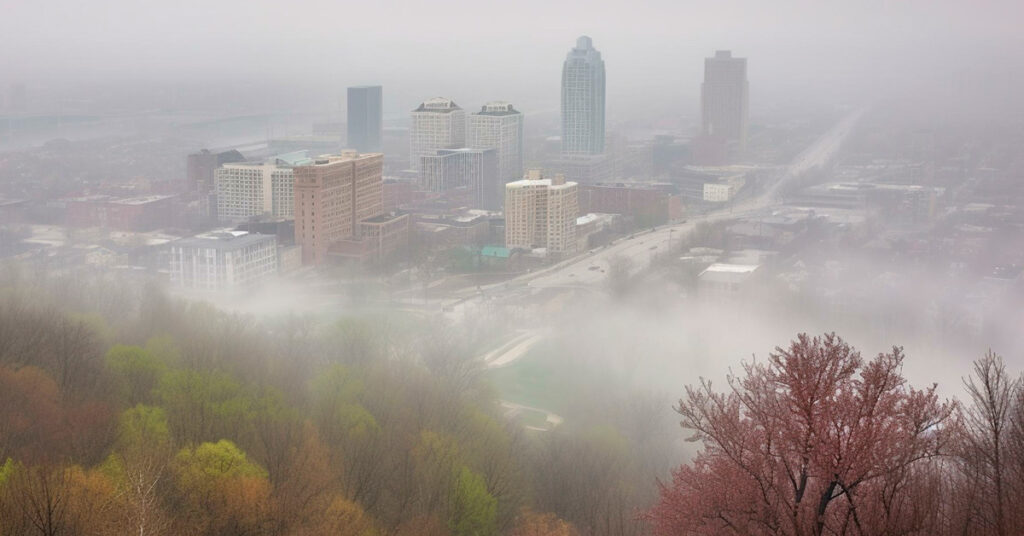
These cities, like the others mentioned, grapple with unique obstacles that have contributed to their shrinking populations. Addressing these issues will be crucial for their revitalization and future growth.











